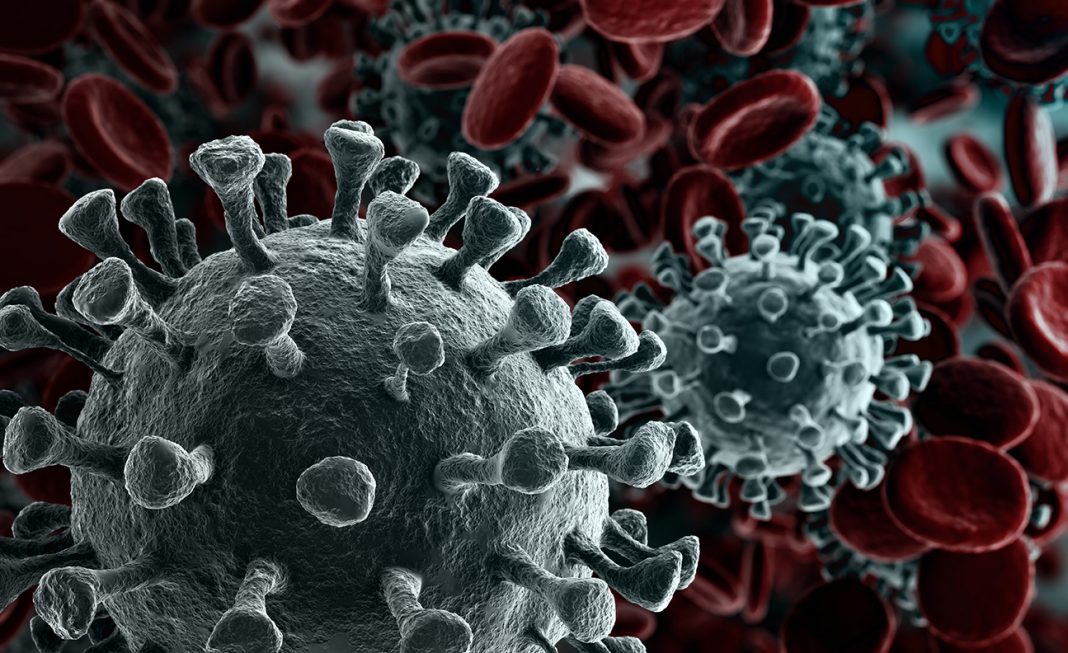A COVID-19 treatment called Paxlovid (PF-07321332 and ritonavir) has been approved by the Medicines and Healthcare products Regulatory Agency (MHRA) after it was found to be safe and effective at reducing the risk of hospitalisation and death in people with mild to moderate COVID-19 infection who are at an increased risk of developing severe disease.
This follows a rigorous review of its safety, quality and effectiveness by the UK regulator and expert advice from the government’s independent scientific advisory body, the Commission on Human Medicines.
Developed by Pfizer, Paxlovid is an antiviral medicine with a combination of active ingredients, PF-07321332 and ritonavir, that works by inhibiting a protease required for virus replication. This prevents it from multiplying, keeping virus levels low and helping the body to overcome the viral infection. Ritonavir slows the breakdown of the second ingredient PF-07321332 in the body, thereby increasing its effectiveness.
The two active substances of Paxlovid come as separate tablets that are packaged together and taken together, twice a day by mouth for 5 days. PF-07321332 is a new antiviral, meaning that it has not been approved for use before. However, ritonavir has been used alongside some HIV medicines for many years to ‘boost’ their activity, which is similar to what it is doing for PF-07321332.
In a clinical trial in high-risk adults with symptomatic COVID-19 infection, a five day treatment course of Paxlovid reduced the risk of COVID-19 related hospitalisation and death within 28 days by 89% when compared to a placebo group when treatment was started within 3 days of the onset of COVID-19 symptoms. The number of hospitalisations and deaths were 0.8% (3 out of 389) in the Paxlovid group compared with 7% (27 out of 385) in the placebo group. Similar favourable results were seen in patients when treatment was started within 5 days of the start of symptoms.
Based on the clinical trial data, Paxlovid is most effective when taken during the early stages of infection and so the MHRA recommends its use as soon as possible and within five days of the start of symptoms. It has been authorised for use in people aged 18 and above who have mild to moderate COVID-19 infection and at least one risk factor for developing severe illness. Such risk factors include obesity, older age (>60 years), diabetes mellitus, or heart disease.
It is too early to know whether the omicron variant has any impact on Paxlovid’s effectiveness but the MHRA is proactively working with the company to establish this.
Dr June Raine, MHRA Chief Executive, said: “We have given our regulatory approval for Paxlovid, a COVID-19 treatment found to cut COVID-19 related hospitalisations and deaths by 89% when taken within three days of the start of symptoms.
“We now have a further antiviral medicine for the treatment of COVID-19 that can be taken by mouth rather than administered intravenously. This means it can be administered outside a hospital setting, before COVID-19 has progressed to a severe stage.
“I hope the announcement today gives reassurance to those particularly vulnerable to COVID-19, for whom this treatment has been approved. For these individuals, this treatment could be life-saving.”
Professor Sir Munir Pirmohamed, Chair of the Commission on Human Medicines, said: “The Commission on Human Medicines and its COVID-19 Therapeutics Expert Working Group has independently reviewed the data and endorses the MHRA’s regulatory approval of Paxlovid.
“Based on this data, it is clear Paxlovid is another safe and effective treatment to help us in our fight against COVID-19. As it is deployed, we will monitor its effectiveness and safety in the real-world, including any drug interactions, as we do with all medicines. Any side effects should be reported to the MHRA using the Yellow Card scheme.”
Paxlovid may interact with certain other medications. Before it is prescribed, the MHRA is therefore advising that patients’ current medications should be carefully reviewed, and appropriate advice given on adjustments that may be needed to their current medications. Additional tests may also be needed for its safe use.


